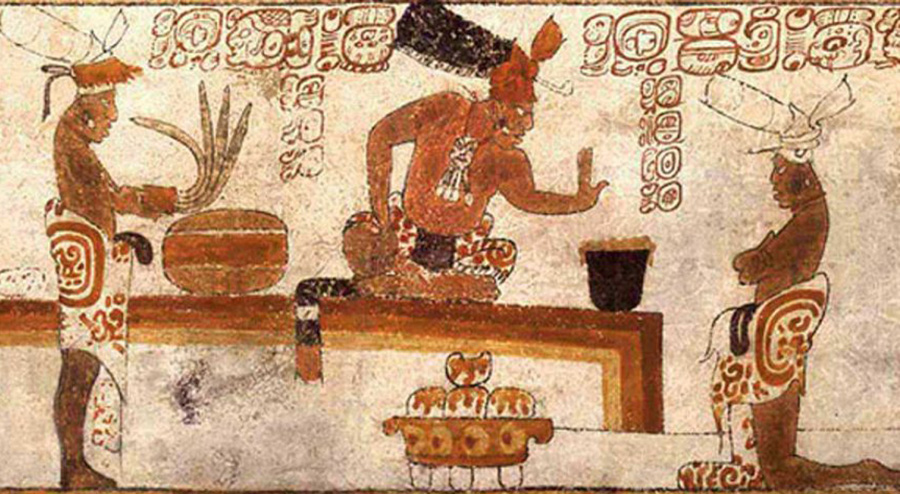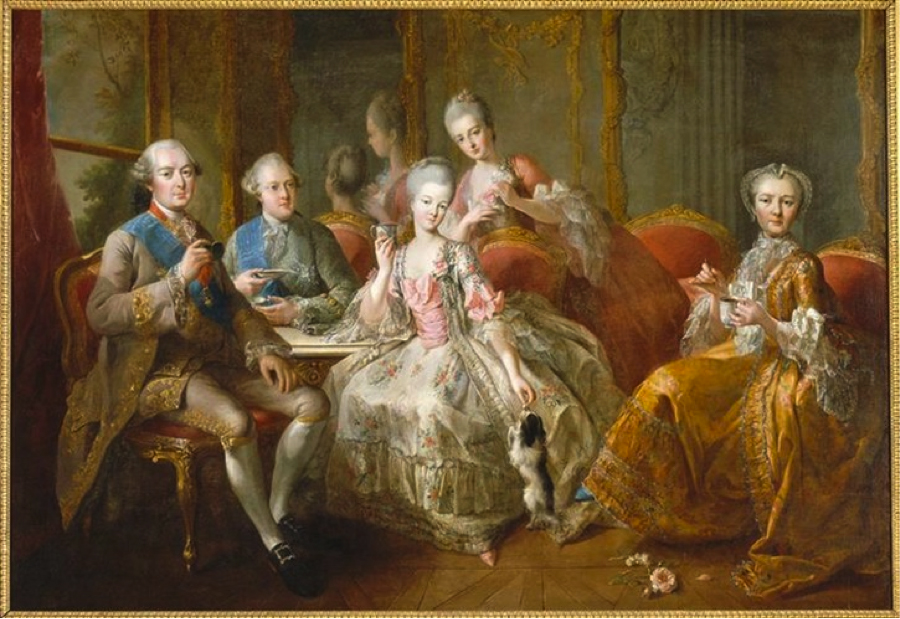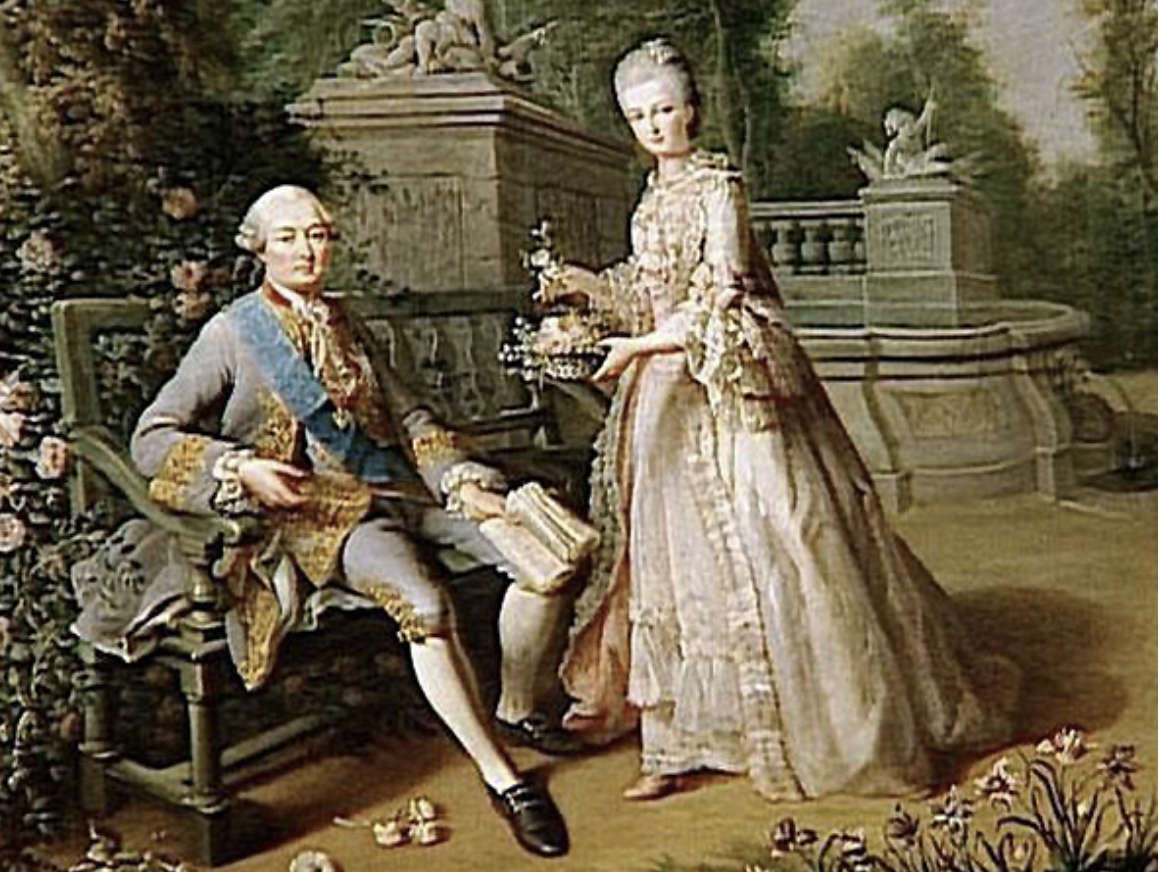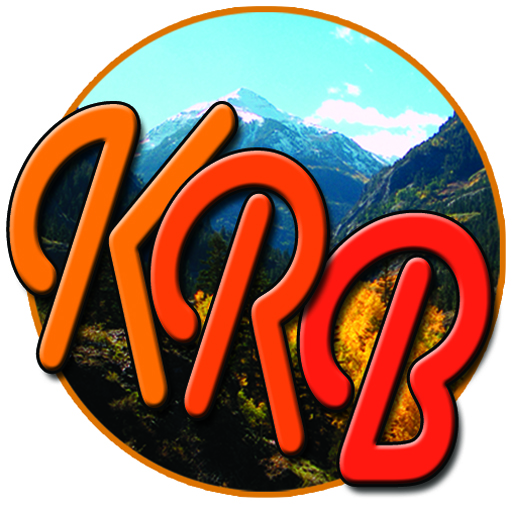Chocolate – 5,500+ years of fascinating history
Check here for a Glossary of terms used throughout the stories chronicling the fascinating, sometimes dark, often amusing, history of chocolate.
This s a series of 3 articles published in early 2023, as a part of Kate Burke’s Western History series.

Chocolate—Food of the gods in Mesoamerica
Did you know that money grows on trees?
The Aztecs prized it more than gold and used coco beans as currency. Did you know that chocolate has a dark history (and not just the color of it). Chocolate has been linked with blood sacrifice throughout its use in Mesoamerica.
Story here

Chocolate travels to Europe
Did you know that chocolate was considered sinful and seditious in certain quarters? It was also a sign of wealth and status, and in the early years, mostly consumed by nobility and served to them in gold and silver Chocolatières.

Chocolate, America’s Favorite Sweet Treat
Did you know… Colonial women were told not to drink chocolate because it was an “inflamer: that stimulated libido. Today, everyone eats it, which has turned chocolate into a $127.9 billion industry!
Anáhuac. Aztec region of Mesoamerica (where chocolate was first cultivated and sed for blood sacrifice and later for currency.
Azec Empire. Triple Alliance of three Nahua (Mexica) city-states—Tenochtitlan, Texcoco, and Tlacopan—which dominated the Valley of Mexico and extended its power to the shores of the Gulf of Mexico and the Pacific from about 1428 until its downfall at the hands of the Spanish, 100 years later. The empire was territorially discontinuous. Farming and warfare were the primary economic resources. Their form of warfare preferred capturing live prisoners to be used as slaves or for human sacrifice. Moctezuma II, the last emperor before the Spanish conquest in 1520, continued strong imperial reforms, destroying the chance for commoners to advance to the nobility. The Alliance did not claim supreme authority over its tributary provinces, but required them to pay tributes (to their nobility)—a source of the discontent that led many to join Cortés in capturing Montezuma and his capital city. https://en.wikipedia.org/wiki/Aztec_Empire
Aztec society. Highly complex and stratified society into independent city-states, called altepetls, composed of smaller divisions (calpulli), which were again usually composed of one or more extended kinship groups. Socially, the society depended on a rather strict division between nobles and free commoners, both of which were themselves divided into elaborate hierarchies of social status, responsibilities, and power. https://en.wikipedia.org/wiki/Aztec_society
cacao. Chocolate food or beverage, made from the seeds of the fruit of the cacao tree. Comes from the Mayan words “Ka’kau” meaning “heart blood,” and “Chokola’j” meaning “to drink together.
cacao tree. Tree that grows in tropical areas. The “fruit” of the tree is the source of cacao or chocolate. Giant bean-like pods, the “fruit” of the tree, up to a foot long and weighing as much as a pound, grow directly from its trunk (or largest branches).
chocolhaa (“bitter water”). Mayan name for chocolate.
chocolate houses. The Rambunctious, Elitist Chocolate Houses of 18th-Century London were the original gentlemen’s clubs.
chocolatière. (chocolate pot) Used to froth up chocolate drinks and is believed to be a late 17th century French invention. Used mainly by nobility, hence made of gold or silver and a sign of wealth. Also called commodités de conversation, as they would create a convivial atmosphere in parlours when drinking chocolate was offered on social occasions.
conching. Process used in the manufacture of chocolate whereby a surface scraping mixer and agitator, known as a conche, evenly distributes cocoa butter within chocolate and may act as a “polisher” of the particles. It also promotes flavor development through frictional heat, release of volatiles and acids, and oxidation. The name arises from the shape of the vessels initially used which resembled conch shells.
Cradles of Civilization. The six cradles of civilization of the “Old World” are considered to be Mesopotamia, Ancient Egypt, Ancient India, and Ancient China. Those in the “New World” are Caral Supe of costal Peru an the Olmec of Mexico.
https://en.wikipedia.org/wiki/Cradle_of_civilization
Hernán Cortés (c. 1485-1547). Spanish conquistador (conqueror) who led an expedition that caused the fall of the Aztec Empire and brought large portions of what is now mainland Mexico under the rule of the King of Castile in the early 16th century. Cortés was part of the generation of Spanish explorers and conquistadors who began the first phase of the Spanish colonization of the Americas. He is best known for conquering the Aztecs and claiming Mexico on behalf of Spain. He also became the governor of New Spain.
Industrial Revolution. Transition to new manufacturing processes in Great Britain, continental Europe, and the United States, that occurred during the period from around 1760 to about 1820–1840, This transition included going from hand production methods to machines.
ka’kau. Mayan name for chocolate bean and means heart blood. It is also the origin of our word, cacao.
Maya Civilization. 250 – c. 1697 CE Mesoamerican classic period. The Maya were of the most dominant Indigenous societies of Mesoamerica. Highly sophisticated culture noted for its architecture, art, astronomy, calendar, and mathematics, which included one of the earliest known instances of the explicit zero in human history. As a part of their religion, the Maya practiced human sacrifice, which often involved the use of chocolate, which was thought to have spiritual properties. Maya cities tended to expand organically. The city centers comprised ceremonial and administrative complexes, surrounded by an irregularly shaped sprawl of residential districts. Different parts of a city were often linked by causeways.
In the 16th century, the Spanish Empire colonized the Mesoamerican region, and a lengthy series of campaigns saw the fall of Nojpetén, the last Maya city, in 1697.
Today, their descendants, known collectively as the Maya, number well over 6 million individuals, speak more than 28 surviving Mayan languages, and reside in nearly the same area as their ancestors (southeastern Mexico, all of Guatemala and Belize, and the western portions of Honduras and El Salvador. It includes the northern lowlands of the Yucatán Peninsula and the highlands of the Sierra Madre, the Mexican state of Chiapas, southern Guatemala, El Salvador, and the southern lowlands of the Pacific littoral plain.)
https://en.wikipedia.org/wiki/Maya_civilization
Mesoamerica. Historic regions of Central and South America dating back as early as 21,000 BCE and populated by indigenous cultures including the Olmec, Zapotec, Maya, Toltec, and Aztec peoples that developed prior to Spanish exploration and conquest in the 16th century. In the organization of its kingdoms and empires, the sophistication of its monuments and cities, and the extent and refinement of its intellectual accomplishments, the the Mesoamerican civilization, along with the comparable Andean civilization farther south, constitutes a New World counterpart to those of ancient Egypt, Mesopotamia, and China. Today the area encompases northern Costa Rica, Nicaragua, Honduras, El Salvador, Guatemala, Belize, and central to southern Mexico.
The Mesoamerican area gave rise to a series of cultural developments that included complex societies, agriculture, cities, monumental architecture, writing, and calendrical systems. The set of traits shared by Mesoamerican cultures also included astronomical knowledge, blood and human sacrifice, and a cosmovision that viewed the world as divided into four divisions aligned with the cardinal directions, each with different attributes, and a three-way division of the world into the celestial realm, the earth, and the underworld.
Mesoamerica was one of six cradles of civilization (a location and a culture where civilization was created by humankind independent of other civilizations in other locations) worldwide. Mesoamerican civilizations were the Olmec, Teotihuacan, Maya, and Aztec.
https://en.wikipedia.org/wiki/Mesoamerica
molinet. device on top of chocolate pot to froth up the hot beverage.
Montezuma II. Moctezuma Xocoyotzin (c. 1466 – 29 June 1520). Ninth Emperor of the Aztec Empire (also known as Mexica Empire), reigning from 1502 or 1503 to 1520, when he was killed during the Spanish invasion. Questions remain a to who killed him—his on people or the invaders.
Olmec. Ancient civilization (of southern Mexico), around 1500 BC.
Tenochtitlan. Capital of the Aztec Empire and home to emporer, Montezuma II. Located near today’s Mexico City, had between 200,000 and 300,000 inhabitants at its height, and was the most densely populated city ever to exist in Mesoamerica. At that time, it was the largest city in the world.
Tenochtitlan was founded by the Aztec or Mexica people around 1325 C.E. The Aztec region of Mesoamerica, called Anáhuac, contained a group of five connected lakes. The largest of them was Lake Texcoco. The Aztec built their capital city, Tenochtitlan, on Lake Texcoco. Built on two islands, the area was extended using chinampas—small, artificial islands created above the waterline that were later consolidated. Tenochtitlan eventually reached an area of more than 13 square kilometers (five square miles). Causeways that doubled as dikes connected the island to the mainland and separated freshwater from salt water, protecting the chinampas. The Spanish conquistadors, aided by an alliance of Indigenous peoples, laid siege to the Aztec capital for 93 days, until the Mexica surrendered on August 13, 1521. A great deal of Tenochtitlan was destroyed in the fighting, or was looted, burned, or destroyed after the surrender. The leader of the conquistadors, Hernan Cortés, began the construction of what is now known as Mexico City among the ruins. Lake Texcoco was ultimately drained, and much of Mexico City rests in the lake basin.
https://education.nationalgeographic.org/resource/tenochtitlan
Theobroma cacao, Latin name for the cacao tree, Theobroma cacao, literally means “food of the gods
Theobromine. Active ingredient of cacao, a stimulant similar to caffeine also found in tea.
trembleuse. Special spill-proof cup so that not a drop of the precious beverage was lost and that ladies’ dresses were not at risk. Called mancerina cups in Spain, after their inventor, the Marquis of Mancera.
Xocolatl, Aztec name for chocolate. In the form of a metaphor: yollotl, eztli means ‘heart and blood’. The cacao pod which looks somewhat like a human heart) was sometimes used symbolically by the Mexica to represent the sacrificed human heart. (https://www.mexicolore.co.uk/maya/chocolate/cold-xocoatl)

